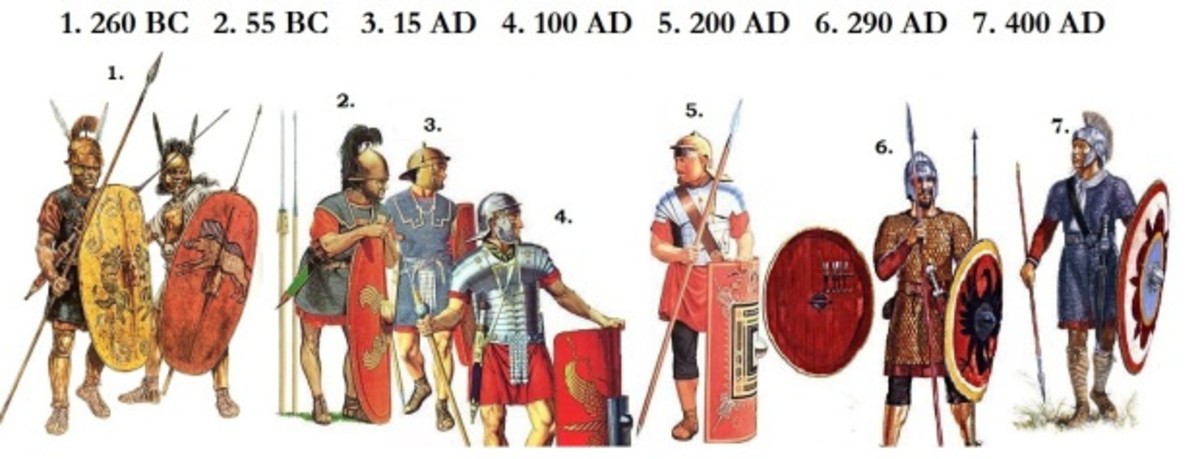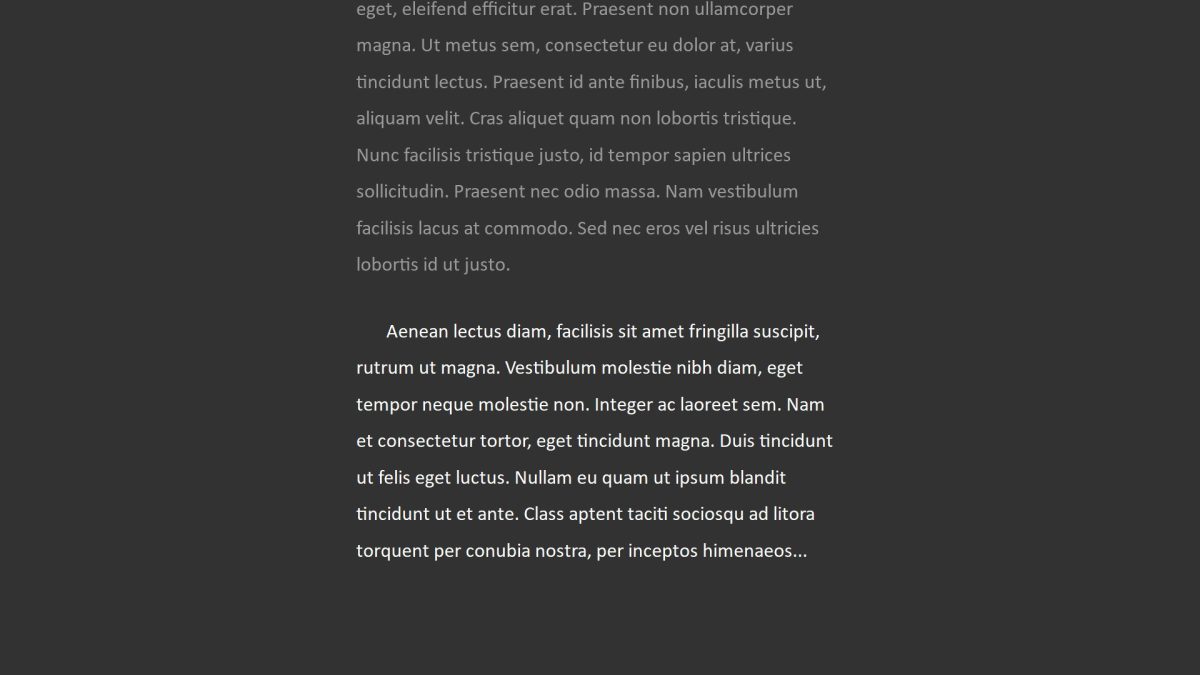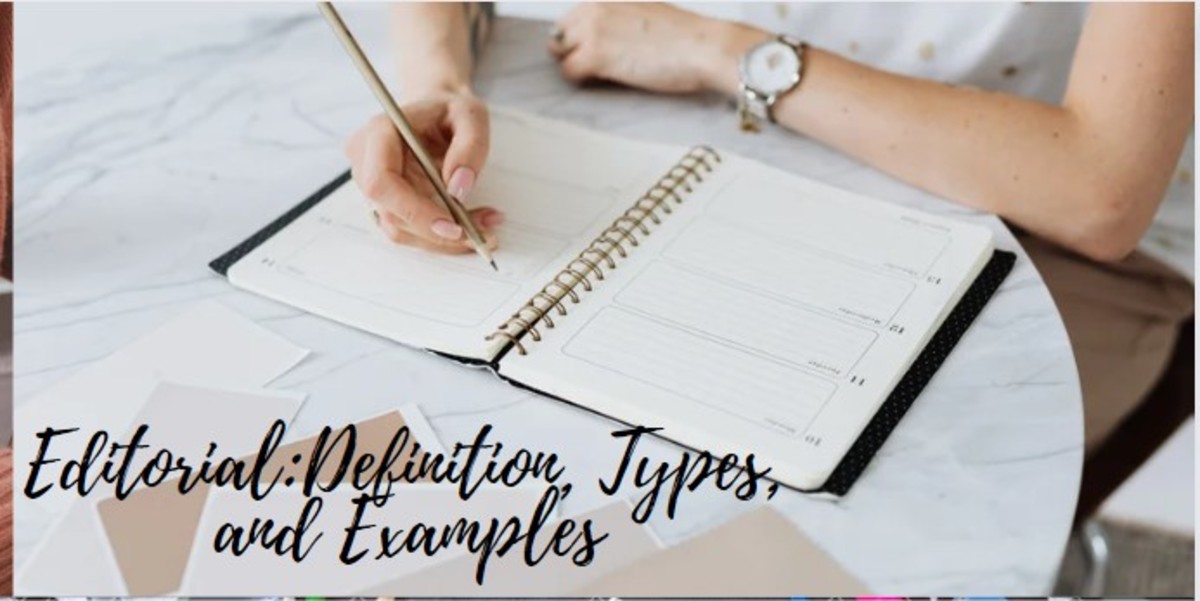An APA Research Paper: APA Format and APA Style of References

APA style simplifies the work of editors and readers easier by giving them the same format for all given publications. It allows readers a chance to focus more on your ideas and material by not distracting them with unfamiliar formatting. This Hubpage goes over how to cite the References on the final page for all in-text citations. The only in-text citations that are not included in the References section are interviews or memos. References can be a critical part of your paper, and they must list all sources referred to in the paper. This Hubpage will show you examples to guide you along in the Reference section.

General Guidelines

- Continue to provide the running head and page number on the References page.
- Each source you cite in paper must be on the References page.
- Each entry on your References page must be cited in your text somewhere.
- The Reference page should be at the end of the paper.
- Center the title “References.”
- Double-space before the first entry.
- Each entry should be flush with the left margin, and there should be a hanging indent.
- Each entry should be listed alphabetically.
- All lines should be double spaced.

GENERAL FORMAT
A
| Author’s Last Name
|
B
| Comma
|
C
| Space
|
D
| Author’s First Initial
|
E
| Period
|
F
| Space
|
G
| Author’s Middle Initial
|
H
| Period
|
I
| Space
|
J
| Open Parentheses
|
K
| The Year of Publication
|
L
| Closed Parentheses
|
M
| Period and A Space
|
N
| Italicized Name of The Work (With only the first letter and any letter after a punctuation mark being capitalized with a period at the end)
|
O
| Period and A Space
|
P
| The Publication City (Capitalize), A Comma, A Space, and the Initials of the State
|
Q
| Colon
|
R
| Space
|
S
| Publishing Company (Capitalized)
|
T
| Period
|

BOOKS

- One Author: Follow A-T
- Two or More Authors: Follow A-H. After H, place a comma, a space, and an ampersand. Then, continue A-H. If there are more than two authors, after the comma, continue A-H for each author, and then add the ampersand before the last author. Continue reference as the one author reference was done.
- Anonymous Book: Start with N, except do not put a period at the end. Instead in parentheses put the edition like this: “(5th ed.).”. Then for the date, follow I-M. To enter the publication city and publisher, follow P-T.
- Chapter from a Book: Follow A-M. Without formatting, using the same capitalization rules as you did for the title of books, list the name of the chapter from a book, a period, and a space. Next, type “In” followed by the editor, formatted as follows: F. M. Last (Eds.), [space]. Treat the title of the book in the same way you treat the books in other entries, but do not add a period and a space. In parentheses, enter the page numbers, as follows: (pp. 10-12). (End with a period). To enter the publication city and publisher, follow P-T.
- A Translation: Follow A-O. Then, in parentheses, put the first initial of the first name, a period, a space, the first initial of the Middle name, a period, and the last name of the original author. Still in the parentheses, put a comma and a space. Then put the word “Trans” followed by a period. Close the parentheses and add another period and space. Follow P-T to write the publishing city and publishing company. Finally, in parentheses without a period at the end, put the words “Original work published <2007>”. Don’t put the brackets or quotation marks, but put in the year of the original publication.
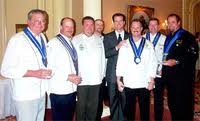
6. Corporate Group or Organization Author: List the organization. It will be in capital letters, because it is a proper noun. Add a period. Follow I-T to finish reference.
7. Two or More Books by the Same Author: Follow A-T. Use the author’s last name for all entries, and list the entries by the year with the earliest year first. List one-author entries first. References that have the same first author and different second author and/or third author are arranged alphabetically by the last name of the different author. If you are using more than one reference by the same author, published in the same year, organize them in the reference list alphabetically by the title of the article or chapter. Then assign letter suffixes to the year. Refer to these sources in your report as they appear in your reference list.
8. Article in a Reference Book: Follow A-M. List the topic you are researching in the reference book with a period afterwards and no special formatting. After the word “In,” in italics name the reference book capitalized as a proper noun with a period at the end. In parentheses, list the volume and page numbers, as follows: (Vol. 3, pp. 123-124). Follow O-T to complete the entry.
9. Multi-Volume Work: Follow A-I. Next, put (Ed.). with a period at the end. After the period, follow I-N with no period. Then, the volume numbers need to be listed like this (Vols. 1-5). Finally, follow O-T.

JOURNALS

1. Article in a Scholarly Journal with One Author, Consecutively Paginated: Follow A-M. The article name un-formatted with a period and space should come next. The title of the journal should be italicized next with a comma after it. Still in italics, place a space, the volume number (italicized), the issue number in parentheses, and a comma. Without formatting, at the end, list the inclusive page numbers, such as 123-124, with a final period. Journals should all have capital letters at the beginning as proper nouns.
2. Review: Follow A-M. List the name of the review un-formatted and without a period. In brackets, write: “Review of the book ….” with a period after the bracket. In the brackets, what you are reviewing, place in italics capitalizing the first word, place a comma after the work, and then add the author in this format: “by” A. B. Smith with no period. This should go after the “Review of the book.” Then, italicize the journal or magazine name (and capitalize it as a proper noun) followed by a comma. Add a space, the volume number (italicized), a comma, and a space. Treat the page numbers as you have with the other journals next. End with a period.
3. Newspaper: Follow A-I. Create the date like this: (2000, March 30) with a period at the end. Without formatting, the title of the article should be listed. Place a period at the end. Italicize the Newspaper name (and capitalize it since it is a proper noun) with a comma afterwards. After the comma, list the page numbers. Example: 99-100. End with a period.

OTHER PRINT AND NON-PRINT SOURCES
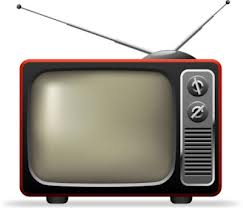
1. Movie: Write the Producer’s Last Name, a comma, space, First Name’s initial, period, space, Middle Name’s initial, period, space, and the word (Producer). After the parentheses, add a comma, space, ampersand, space, Director’s Last Name, comma, space, First Name’s initial, period, space, Middle Name’s initial, period, space, and the word (Director) with a period at the end. Next, in parentheses, put the date of publication with a period at the end. In italics, list the name of the movie. Do not add a period. In brackets, place the words [Motion picture] with a period at the end. Finally, place the country of origin, a colon, a space, the Studio name, and a period.
2. Television: Begin with the Writer’s Last Name, a comma, a space, First Name’s initial, period, space, Middle Name’s initial, period, space, and the word (Writer). Follow (Writer) with a comma, space, ampersand, and space. After listing the writer, list the Director in the same manner as a movie with a period at the end. Just like a movie, list the date, but list the date of broadcast. With no formatting, place the title of the broadcast with no period. In brackets and italicized, list the Television broadcast or series. After the brackets, place a period and a space. Then, place the word “In” followed by the initials and full last name of the producer. Follow this with a space and (Producer). A space later, list the city and state followed by a colon, a space, the Studio, and a period.
3. Music: Follow A-M. Without formatting, name the song. In brackets, write “Recorded by <original artist>” with a period at the end. Place the word “On” and in italics, place the name of the CD (Capitalizing the first word) followed by [CD]. Finally, list the city and state, a colon, a space, the Label, and a period.
4. Online Journal: Follow the layout of “Article in a Scholarly Journal with One Author, Consecutively Paginated” except you probably will not have page numbers, and after the volume number (italicized) “1” and issue number in parentheses (9), place a period. Place the words “Retrieved from” followed by the web site address without a period.
5. Article from a Database: Follow the format of “Article in a Scholarly Journal with One Author, Consecutively Paginated” with a period after the page range. Complete the web address in the same manner as the Online Journal.
6. E-Book: Follow A-O, except on the date, place the letters “n.d.” rather than the year. Finally, complete the web address in the same manner as the Online Journal.
7. Non-Periodical Web Document, Web Page, or Report: Follow A-M except for the date; use the date of publication in the following format: (1992, May 2). Without formatting, list the title of the document, and complete the web address in the same manner as the Online Journal.

EXAMPLES

- One Author: White, L. A. (2000). The yarn. Austin, TX: Soy Press.
- More Than One Author: Macoy, K. K., & Stoy, S. A. (2012). Torn apart. Miami, FL: Gray Publishing.
- Anonymous: The rare breed (2nd ed.). (1999). Norman, OK: Sider.
- A Chapter: Pete, M. B. (2005). Math rules. In Learning for students (pp. 3-7). Detroit, MI: McCoy Press.
- A Translation: Allen, T. T. (1997). Growth at home. (J. K. Smith, Trans.). Boise, ID: College Press. (Original work published 1990)
- An Organization: Mothers Against Drunk Driving. (2013). Safety rules. New York City, NY: Carbon.
- Two or More Books by the Same Author:
Howdy, A. A. (2002). Guard in view. Plano, TX: Craig Press.
Howdy, A. A. (2003a). A strong person. Garden City, KS: Hill Press.
Howdy, A. A. (2003b). Length of the field. Garden City, KS: Hill Press.
Howdy, A. A., & James, B. T. (2004). Solid advice. Garden City, KS: Hill Press.
Howdy, A. A., James, B. T., & Lester, K. J. (2005). Operations at sea. Garden City, KS: Hill Press.
Howdy, A. A., James, B. T., & Lester, K. J. (2006). Box of love. Garden City, KS: Hill Press.
Howdy, A. A., James, B. T., & Lester, K. J. (2010). Home away from home. Garden City, KS: Hill Press.
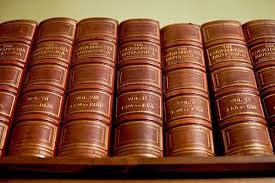
- Reference Book: Staton, L. S. (2009). Cars. In The Master Reference Book. (Vol. 20, pp. 61-62). Omaha, NE: Firehall.
- Multi-Volume Work: Craig, A. C. (Ed.). (2012). Long road ahead (Vols. 6-7). Seattle, WA: Leat Press.
- Journal: Kelsey, B. M. (2001). Delivery store. The Company Driver, 4(5), 14-16.
- Review: Joy, R. E. (2003). Real estate [Review of the book The work force, by J. J. Camp]. Working Stars, 75-77.
- Newspaper: Wright, L. P. (2013, February 12). Installing the machine. The Daily Oklahoman, pp. 20-45.
- Movie: Hill, D. L. (Producer), & Yard, M. O. (Director). (2011). The rocker [Motion picture]. Bahamas: Dynasty.
- Television: Durbin, F. T. (Writer), & McDonald, C. C. (Director). (2003). Bats [Television broadcast]. In K. S. White (Producer). Dallas, TX: Studio Twelve.

- Music: Dyed, L. L. (1997). The jazz route [Recorded by Tina Thompson]. On Availability state [CD]. Hill Valley, ID: Swanson.
- Online Journal: Ball, D. S. (2012). White wash. The dreamer, 7(2). Retrieved from www.thedreamer123.org
- Database: Deaton, E. L. (1992). Instant obedience. The worshiper, 14(5), 201-210. Retrieved from www.worshippertwo.net
- E-Book: Lindley, G. L. (n.d.). Turn it on. Retrieved from www.turnerstylishone.org
- Web Page: Calloway, D. L. (1995, September 21). Stove top. Retrieved from www.callowaydl.net

SUMMARY

Papers completed in the APA style are usually for the social sciences. APA is more technical than the MLA style. However, once you become familiar with how APA style papers are done, you can easily do them, even if you are accustomed to doing MLA papers. APA style focuses on the organization on content and how to prepare a manuscript for publication in certain fields. Usually APA papers are written for Psychology, Linguistics, Economics, Sociology, Business, Nursing, and Sociology. By using the APA style, you can establish your credibility in your field by demonstrating an awareness of your audience and their needs.


